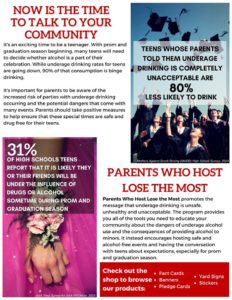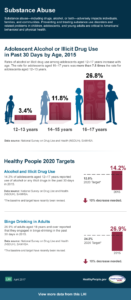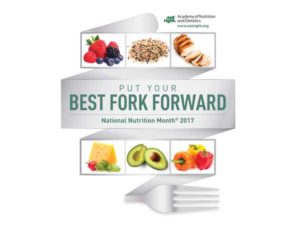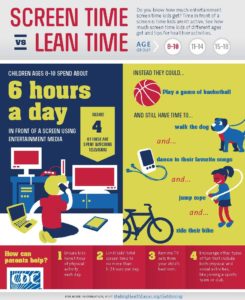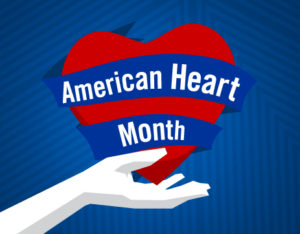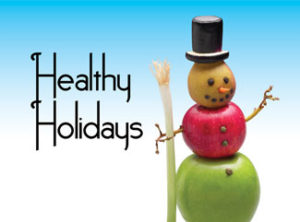June is men’s health month and with that as a reminder to keep up with your health, taking initiative to maintain a healthy life style is one of the main ways to live a good life. So along with having a healthy lifestyle (eating right and having a fitness routine), getting regular check ups is also an important way to help and prevent any problems before they start.
It will be difficult to completely change your routine and quit any unhealthy habits; so with this, I recommend taking baby steps and changing for the better slowly everyday. When you feel confident and comfortable enough, try taking a bigger step!
Some tips to help with keeping you on track includes: having reminders around, support from loved ones, positive reinforcements, setting small goals, taking baby steps if needed, and writing down your progress to help you visually see your improvements!
Keeping your health on track starts with you!
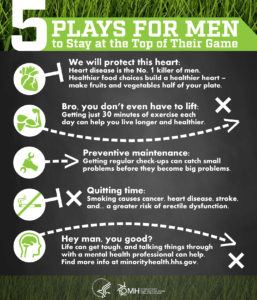
Men’s Health Month 5 Plays Card_English (1)
Images belong to rightful owner
Read more about healthy food choices and the importance of having check-ups with the links listed below. Check them out! They will definitely be beneficial!
https://www.fda.gov/ForConsumers/ConsumerUpdates/ucm199058.htm
https://www.cdc.gov/family/checkup/



